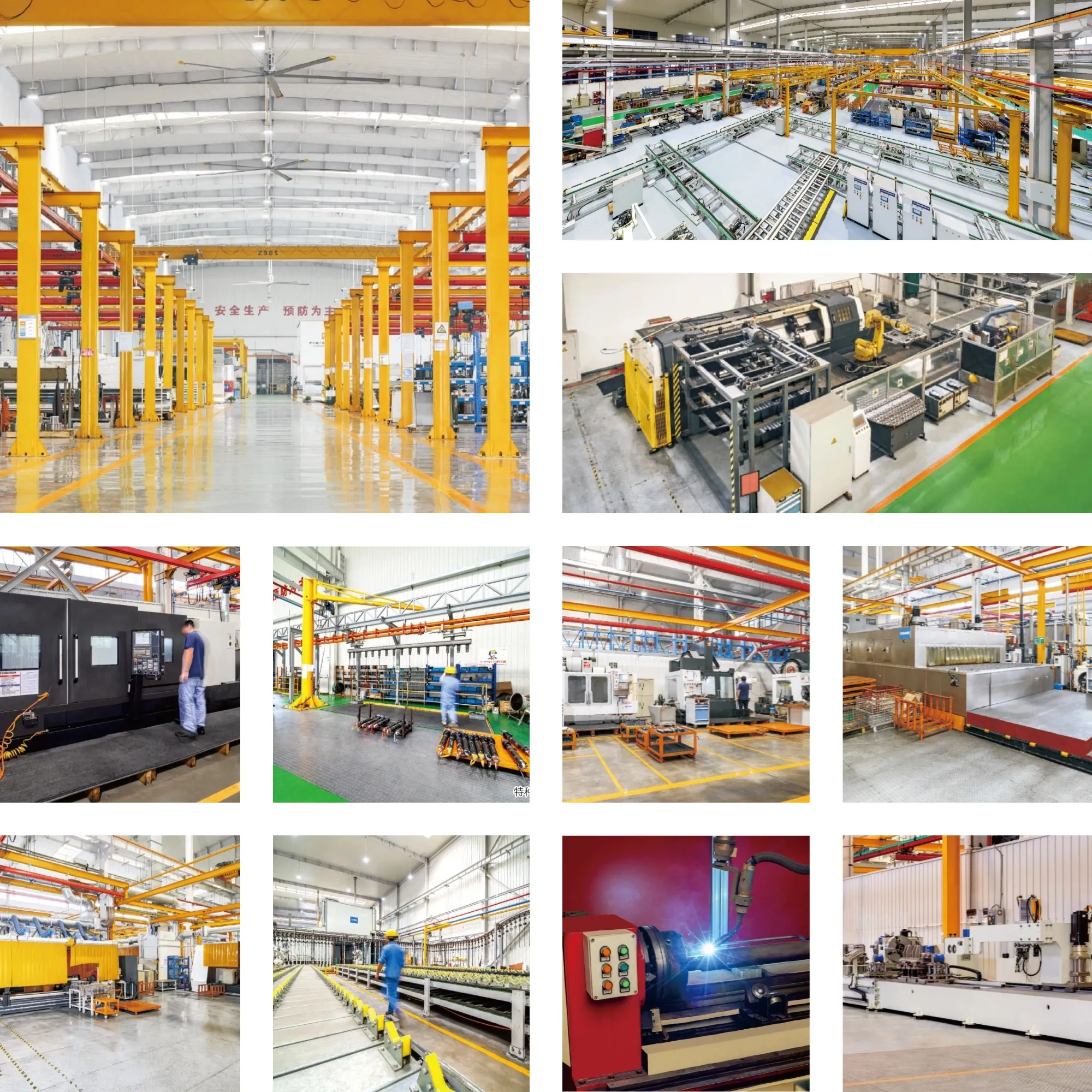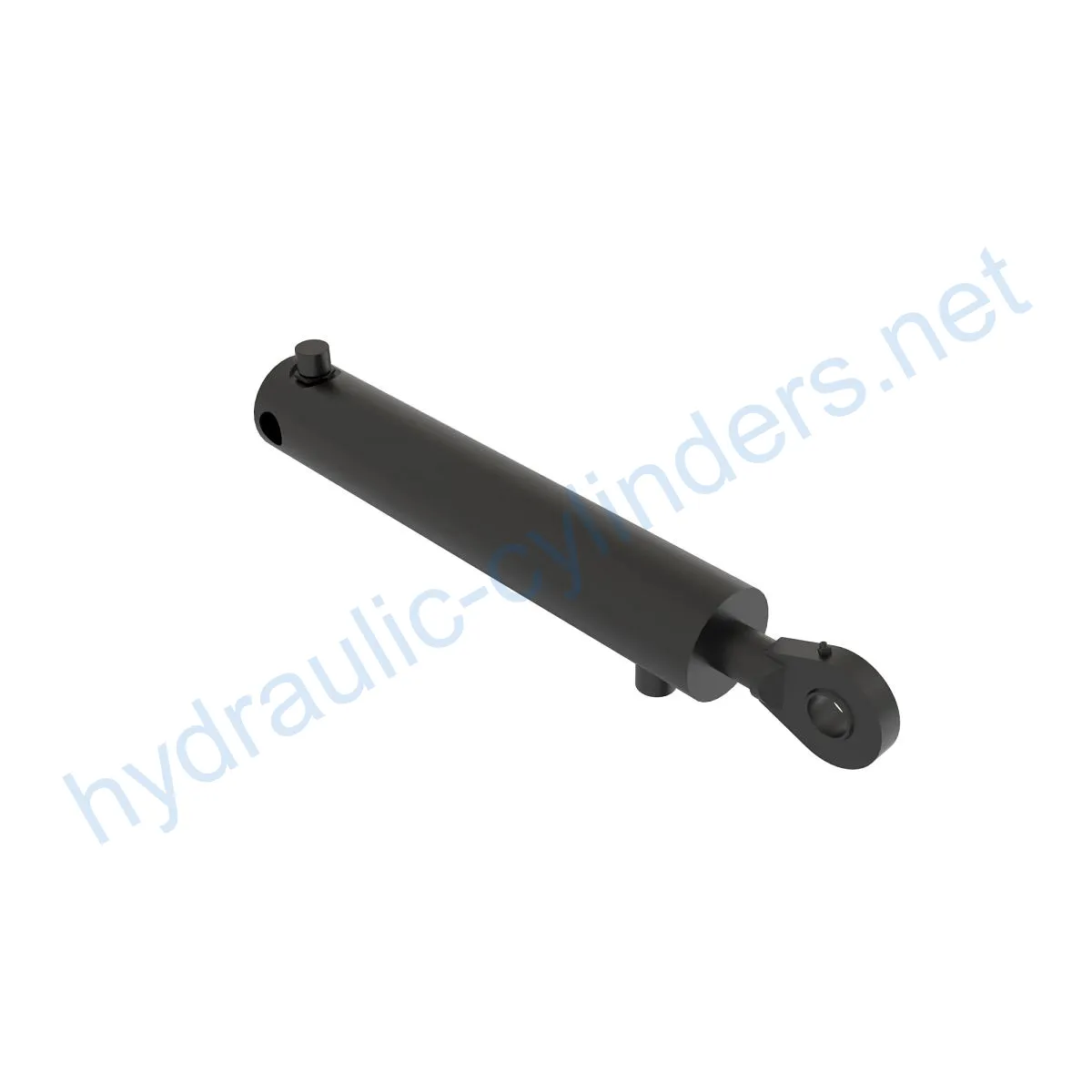Replacement Of AHC17981 Hydraulic Cylinder
Kaip vienas iš hidraulinių cilindrų gamintojų, tiekėjų ir mechaninių produktų eksportuotojų, mes siūlome hidraulinius cilindrus ir daugelį kitų produktų.
Susisiekite su mumis dėl išsamesnės informacijos.
Paštas:sales@hydraulic-cylinders.net
Hidraulinių cilindrų gamintojas, tiekėjas ir eksportuotojas.
Replacement Of AHC17981 Hydraulic Cylinder
A hydraulic cylinder is an essential component of various machines and industrial equipment. The Replacement Of AHC17981 Hydraulic Cylinder is a durable and efficient hydraulic cylinder that is designed to fit multiple models, including M944, M944I, M952, M952I, M962, M962I, R944I, R952I, R962I, and R975I.
Specifications and Models
The Replacement Of AHC17981 Hydraulic Cylinder weighs 16.755 lb, has a height of 3.15 in, a width of 3.937 in, and a length of 19.685 in. It is compatible with various models, including M944, M944I, M952, M952I, M962, M962I, R944I, R952I, R962I, and R975I.
Features
- Enhanced Equipment Performance: Replacing damaged or worn hydraulic cylinders can restore the normal operation of equipment and ensure its performance in various applications.
- Increased Safety: Regularly replacing hydraulic cylinders can reduce the safety hazards caused by cylinder failure, ensuring the safety of operators and equipment.
- Overload Protection: The new cylinder design usually considers better overload protection mechanisms, improving safety.
- Quick Installation: Modern hydraulic cylinder designs usually consider easy installation and replacement, reducing downtime.
- Standardized Components: Many hydraulic cylinders are standardized products, making it easy to obtain replacement parts on the market.
Our company can produce this product, and our products can perfectly replace these hydraulic cylinders.
Applications
The Replacement Of AHC17981 Hydraulic Cylinder can be used in various machines and industrial equipment, such as:
- Excavators: The hydraulic cylinder in the excavator’s arm or bucket may be damaged due to long-term use or overload, requiring replacement to restore normal operation.
- Cranes: The crane’s boom hydraulic cylinder is prone to wear during frequent lifting and lowering and requires regular replacement to ensure safety.
- Tractors: The front loader hydraulic cylinder of a tractor may leak or experience a performance decline due to continuous lifting and tilting operations, requiring replacement.
- Harvesters: In the harvesting process, the hydraulic system bears high pressure, and the cylinder may be damaged due to fatigue, requiring timely replacement to maintain work efficiency.
- Automated production lines: Hydraulic cylinders are used to control robotic arms and other automation equipment. If the cylinder fails, it will affect production efficiency, requiring immediate replacement.
- Die-casting machines: In high-pressure and high-temperature environments, hydraulic cylinders may experience a performance decline. Regular replacement can ensure product quality.
- Mining equipment: Hydraulic cylinders are used in mining equipment to lift and move heavy objects. Due to the harsh working environment, regular inspection and replacement are necessary to avoid equipment failure.
- Bulldozers: The wear of the hydraulic cylinder in the bulldozer’s push arm can lead to a decrease in pushing ability, requiring timely replacement to maintain work efficiency.
Maintenance
Regular maintenance is necessary to extend the lifespan of the hydraulic cylinder. Here are three common maintenance tasks:
Regular Inspection
Periodically inspect the hydraulic cylinder for any signs of leakage, corrosion, or damage. Ensure that all nuts and bolts are tightened to the correct torque specifications.
Lubrication
The hydraulic cylinder requires regular lubrication to reduce friction and ensure smooth operation. Use the recommended lubricant and apply it to the cylinder’s sliding surfaces, piston rod, and seals.
Seal Replacement and Calibration Check
Periodically replace the seals to prevent leakage and ensure proper operation. Check the cylinder’s calibration to ensure it meets the manufacturer’s specifications.
Proper installation, lubrication, and adjustment are crucial for the hydraulic cylinder’s lifespan. During the installation process, provide correct guidance to align the cylinder and recommend using appropriate installation brackets to secure the cylinder. We also recommend checking, repairing, and replacement procedures and providing replacement parts and rebuilding services to enhance the hydraulic cylinder’s lifespan.
Safety Considerations and Environmental Factors
When handling the hydraulic cylinder, follow proper safety measures to prevent injury. Always release the pressure from the cylinder before disassembling it. Ensure that all power sources are disconnected before servicing the cylinder. Properly dispose of used oil and other hazardous materials in accordance with local regulations.
Troubleshooting and Common Issues
The hydraulic cylinder may experience various issues, such as leaks, abnormal noises, or slow operation. To diagnose and resolve these problems, follow these tips:
- If there is a leak, identify the source and replace the damaged seals or other components.
- If there is an abnormal noise, check for loose bolts or worn components and replace them as necessary.
- If the cylinder operates slowly, check for low fluid levels, damaged components, or contamination in the hydraulic fluid.
Preventive measures can minimize potential problems. Ensure that all components are properly maintained, and the hydraulic fluid is regularly changed to extend the hydraulic cylinder’s lifespan.

Design Considerations and Selection Criteria
The hydraulic cylinder’s design and selection criteria are crucial for its efficiency and lifespan. Here are some factors to consider:
- Bearing Capacity: The hydraulic cylinder’s bearing capacity must be sufficient for the machine’s operating conditions.
- Sealing: The cylinder’s sealing must be of high quality to prevent leakage and ensure proper operation.
- Durability: The cylinder must be durable and resistant to wear and corrosion.
- Safety: The cylinder must be designed with safety features to prevent accidents and injuries.
- Maintainability: The cylinder’s design must consider easy maintenance and repair.
The hydraulic cylinder’s sealing and lubrication are essential for its performance and lifespan. Use various seals, such as piston seals and rod seals, made of wear-resistant materials like polyurethane or nitrile rubber. The cylinder body and thread end surface undergo fine processing to improve wear resistance. Regularly add the appropriate amount of hydraulic oil to lubricate the cylinder.
Regular inspections and preventive maintenance measures can extend the hydraulic cylinder’s lifespan. Ensure that all components are correctly installed and aligned, and the cylinder’s calibration meets the manufacturer’s specifications.
We are a hydraulic cylinder manufacturer that produces a wide range of products, making us one of the leading hydraulic cylinder manufacturers and wholesale distributors in the domestic and international markets. Our company offers professional services, international certifications, custom services, advanced production equipment, and excellent after-sales services.

Author: lyl
Take a Tour of Our VR Factory:
Take a tour of our VR factory with the following
Hydraulic Cylinder Application:


